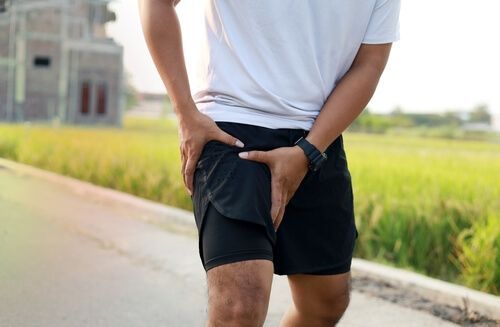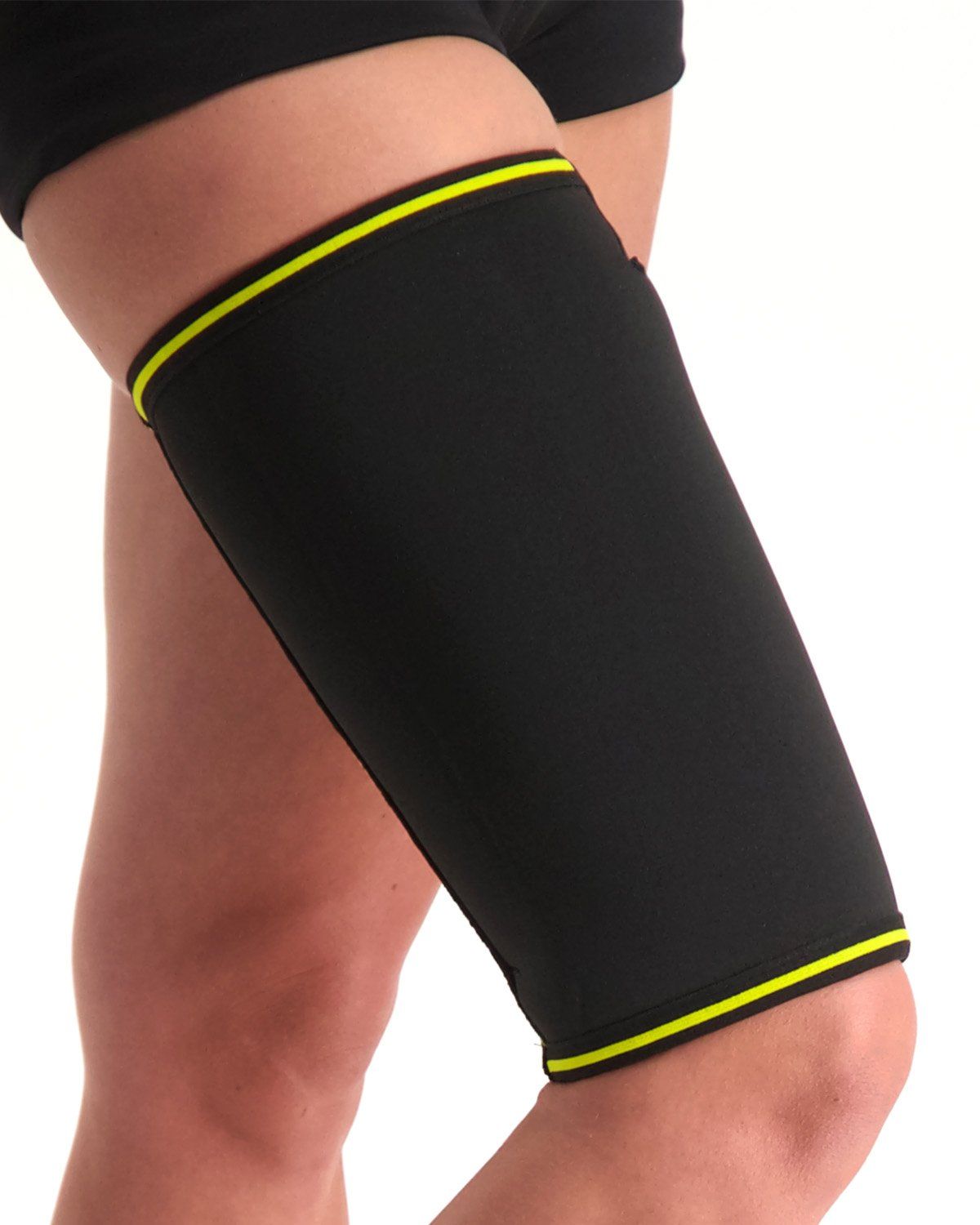Adduction-related groin pain
Adduction-related groin pain is an unpleasant and painful condition. We are happy to provide you with more information about the causes, symptoms, and treatment of this condition. Read on below to learn more.
What is adduction-related groin pain?
Groin pain is common among athletes. There can be several underlying causes. One of the most common causes is injury to the hip adductors. This is a group of muscles located on the inner side of the thigh.
When adduction-related groin pain is diagnosed, there can be three possible issues. There may be inflammation in the tendon, also called tendinitis. Or the structure and quality of the tendon may have deteriorated, known as tendinosis. Another possibility is a strain or tear, referred to as a rupture.

What causes it?
The exact cause of adduction-related groin pain is not known. It appears that increased muscle tension in the hip adductors is one of the main contributing factors. People with abnormal foot posture or a leg length difference are more likely to develop this condition.
What symptoms and complaints may occur?
There are several symptoms that can appear. Below we list a few for you:
- Pain on the inner side of the thigh
- When you move your leg inward, the pain increases
- The pain may worsen with pressure on the adductors
- Radiating pain on the inner side of the thigh, which may extend to the lower abdomen or genitals
- Increased muscle tension in the thigh. Especially when the symptoms have been present for a longer period, this can cause a tight and firm feeling.
How is adduction-related groin pain diagnosed?
Diagnosis of adduction-related groin pain is made by a doctor or physiotherapist. He or she will examine you and ask a few questions. The doctor will palpate various muscles and test your muscle strength. In most cases, no additional examination is needed. However, in some cases, an MRI scan, X-ray, or ultrasound may be recommended.
What treatment options are available?
If the symptoms do not decrease or disappear on their own, it is advisable to consult a specialist. A physiotherapist can help you with a few exercises that will help reduce the symptoms. For pain relief, you can take anti-inflammatory medication or corticosteroids.
Wearing a thigh brace or compression shorts can also bring you relief. These provide full support, maximum protection, and excellent wearing comfort.

- Physiotherapist
- Sports podiatrist
- Manual therapist
- Podopostural therapist
- Myofascial dry needling specialist






